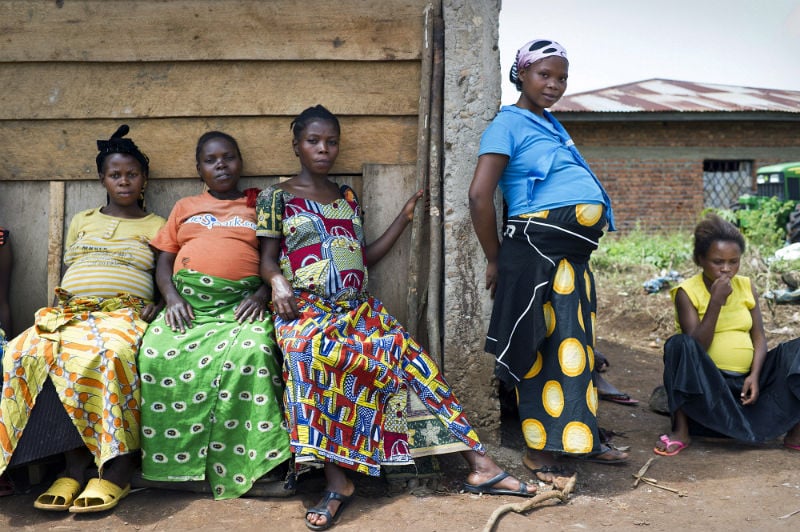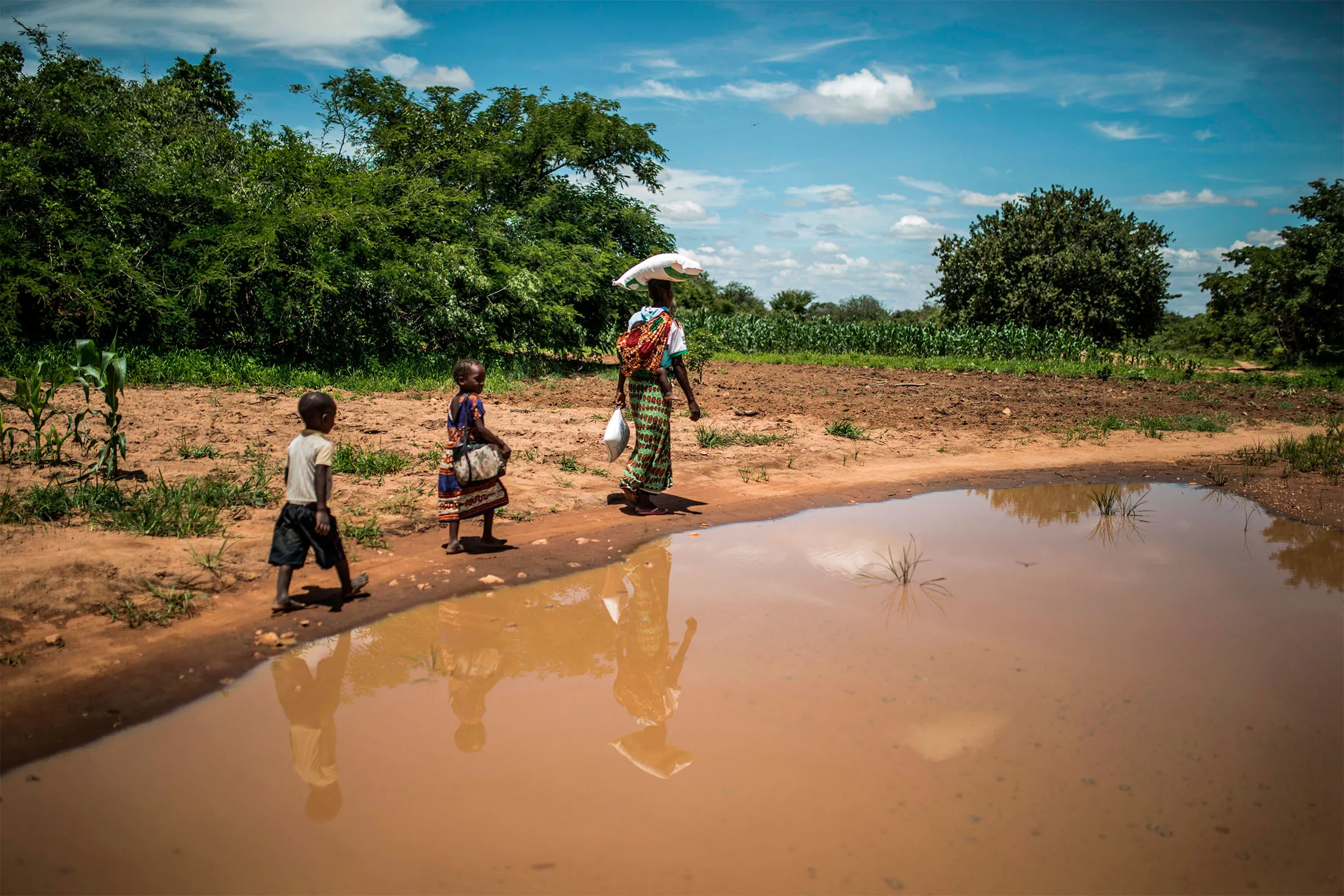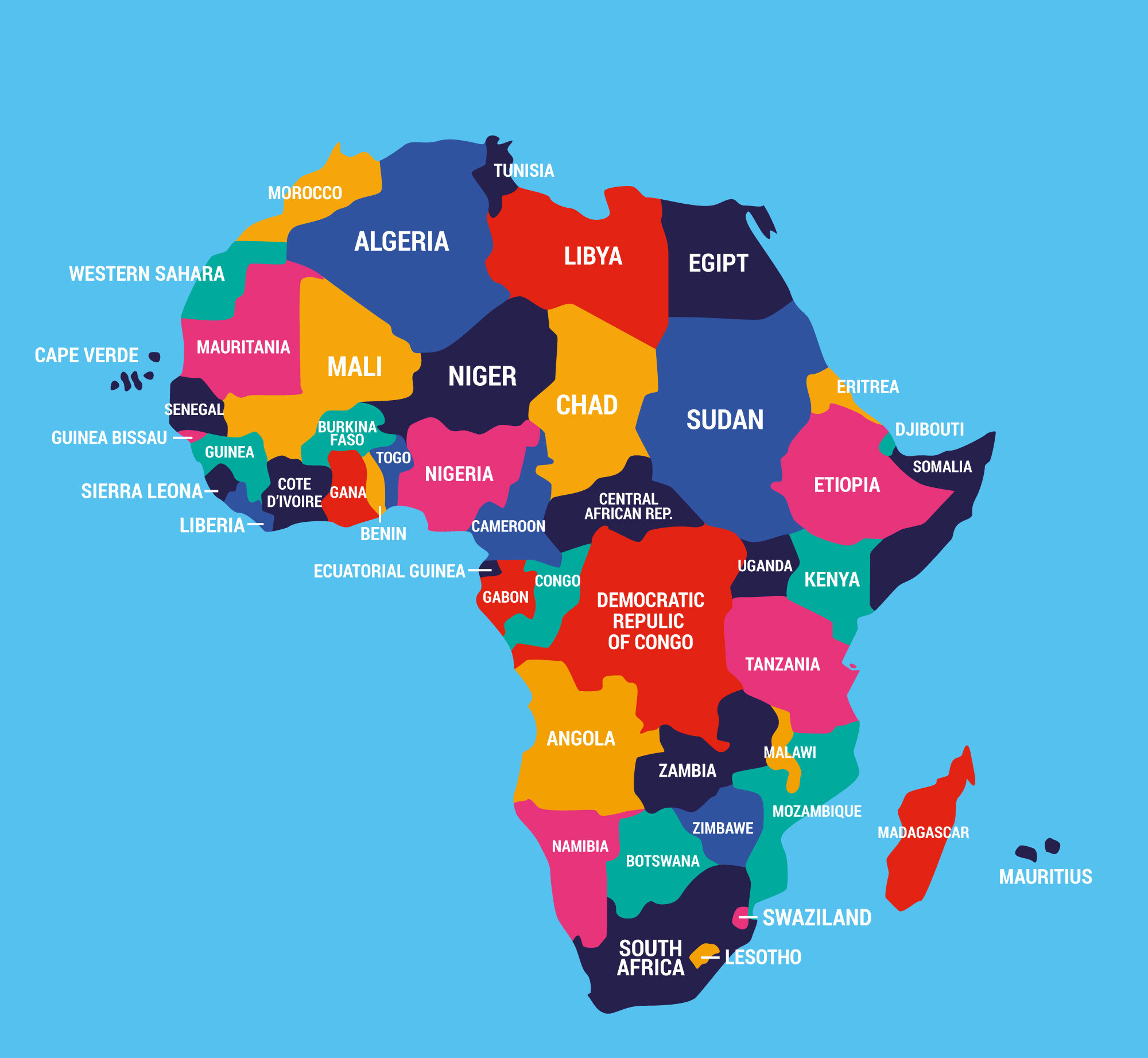In rural clinics in Malawi and Uganda, where there are few trained sonographers, midwives can now use a handheld AI device connected to a smartphone to accurately estimate a baby’s gestational age, with just a few gentle sweeps of the probe over the mother’s abdomen.
Maternal and neonatal mortality remain significant public health challenges in Sub-Saharan Africa. According to the World Health Organisation, about 260 000 women died during and following pregnancy and childbirth with sub-Saharan Africa alone accounting for around 70% of these deaths (182 000) in 2023(1). Most of the maternal deaths are preventable through proper health care solutions, but lack of access to skilled obstetric care and essential diagnostic tools, including ultrasound services.
Accurately determining gestational age — the age of the pregnancy measured from conception or the mother’s last menstrual period — is one of the most important steps in ensuring safe pregnancy and delivery. Knowing the correct gestational age helps healthcare providers track fetal growth, schedule appropriate care, and detect potential risks early. But many women living in low resource settings like sub-Saharan Africa still lose their lives during and following pregnancy as a result of lack of access to skilled sonographers (1).
In response to these, a digital health company, Butterfly Network inc has introduced an Artificial Intelligence tool to improve pregnancy monitoring and maternal outcomes in resource-limited settings.
AI-Enabled Gestational Age Tool
On the 6th of October, 2025, a U.S.-based digital health company, Butterfly Network, announced the launch of a cutting-edge Gestational Age artificial intelligence (AI) tool in Malawi and Uganda. The tool is Butterfly’s latest innovation to improve maternal and fetal health through AI-aided point-of-care ultrasound (POCUS), it represents a major achievement for the company in its efforts to expand obstetric POCUS solutions across Sub-Saharan Africa(2).
The AI tool, developed by the University of North Carolina with support from the Gates Foundation, uses advanced machine learning algorithms integrated into Butterfly Network’s handheld ultrasound device, the Butterfly iQ+. This innovation allows healthcare providers to accurately estimate a baby’s gestational age through a simple blind-sweep scan. This does not require extensive training or image interpretation(3).
Challenges and Considerations
While the results are encouraging, challenges remain. Broader validation studies are needed to ensure accuracy across diverse populations. Sustainability also depends on addressing factors such as device maintenance, cost, electricity, and data connectivity in rural regions. Furthermore, integration into national health systems will require policy support, training frameworks, and ongoing monitoring and evaluation. There are also considerations around ethical AI use — ensuring patient data privacy, algorithmic transparency, and equitable access to technology. Nonetheless, the introduction of AI-driven tools represents a major leap toward inclusive and resilient maternal healthcare systems.
Implications for African countries
Improving maternal health is one of WHO’s key priorities. By combining artificial intelligence with a portable and affordable ultrasound system, especially in low resource settings like sub-Saharan African countries, could transform how pregnant women are monitored and supported.
Adopting such innovations would strengthen antenatal data systems, improve referral accuracy, and help bridge urban-rural healthcare disparities. Partnerships between government health ministries, development partners, and technology companies could accelerate this transformation — ensuring that no pregnant woman is left out of life-saving digital health solutions.
Using AI, Butterfly Network is helping to expand access to essential maternal care and ensure that pregnant women, even in low-resource settings, can benefit from timely and reliable assessments. This shows that the rise of AI in maternal health signals a hopeful shift for women across Sub-Saharan Africa.
References
1. World Health Organization. Maternal mortality. 2025 Apr; Available from: https://www.who.int/news-room/fact-sheets/detail/maternal-mortality
2. Butterfly Network, Inc. Butterfly Network Launches First-to-Market Artificial Intelligence Gestational Age Tool in Sub-Saharan Africa to Improve Maternal Health [Internet]. 2025. Available from: https://ir.butterflynetwork.com/News/press-releases/news-details/2025/Butterfly-Network-Launches-First-to-Market-Artificial-Intelligence-Gestational-Age-Tool-in-Sub-Saharan-Africa-to-Improve-Maternal-Health/default.aspx
3. Institute for Global Health and Infectious Diseases. UNC Research Validates AI-Powered Gestational Age Calculator Used on Butterfly iQ+ for Global Pregnancy Care. 2023; Available from: https://globalhealth.unc.edu/2023/10/unc-research-validates-ai-powered-gestational-age-calculator-used-on-butterfly-iq-for-global-pregnancy-care/




